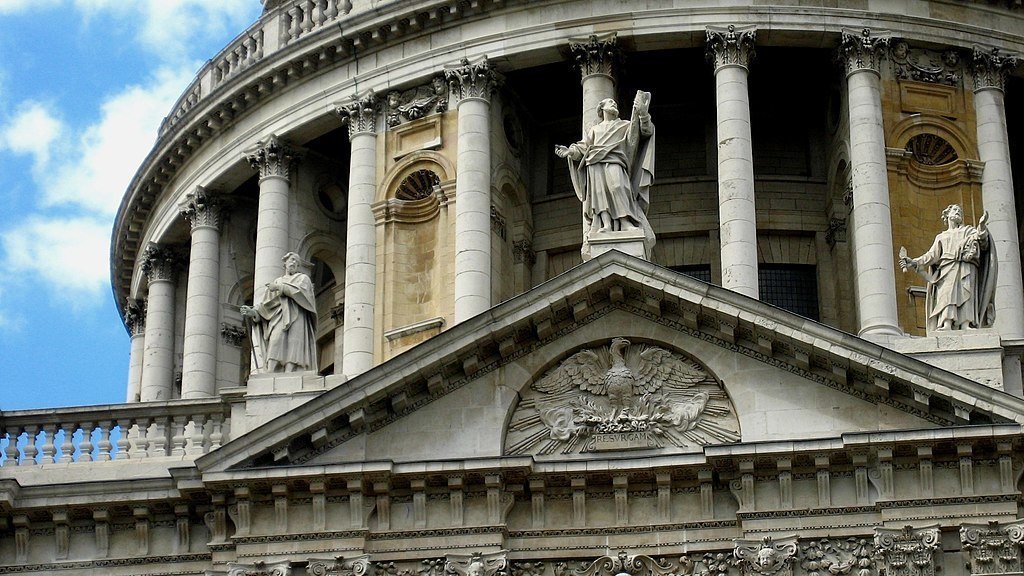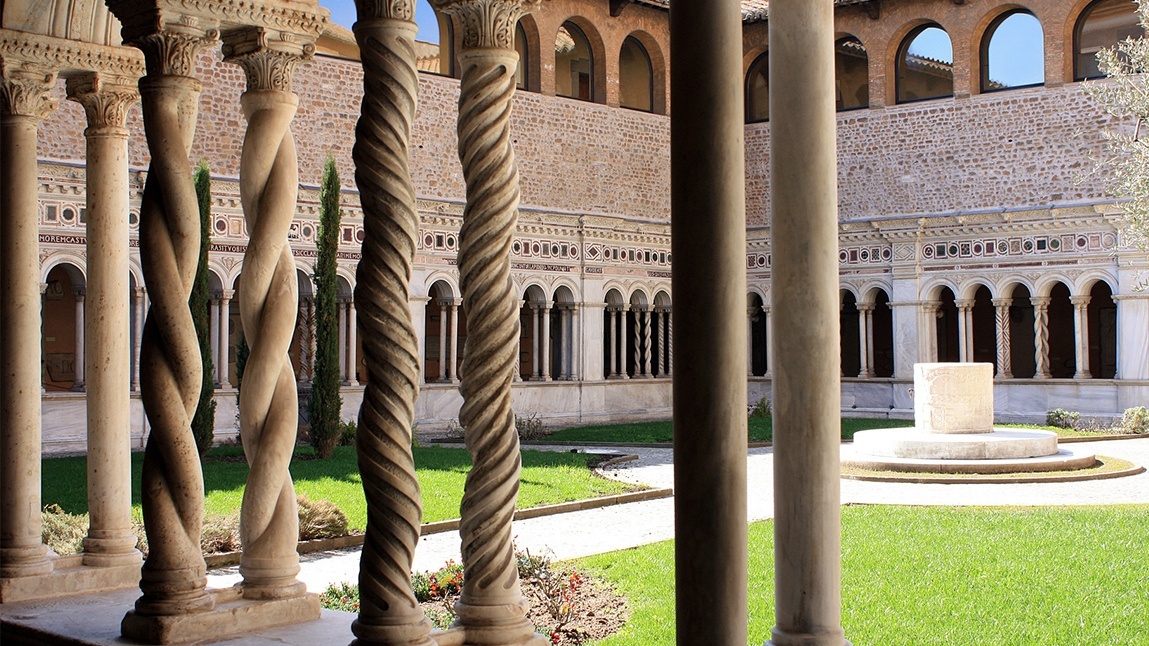Shostakovich’s Second Piano Concerto: A Youthful Romp
An infectious lightness of spirit pervades Dmitri Shostakovich’s Piano Concerto No. 2 in F Major, Op. 102. It’s music which takes us on a brief, jubilant romp filled with youthful vitality, cheerful and quirky voices, and unabashed humor. It sparkles with a witty Haydnesque classicism. The lushly beautiful second movement moves into a space of dreamy intimacy and warmth. Shostakovich composed this music in 1957 in celebration of the 19th birthday of …







